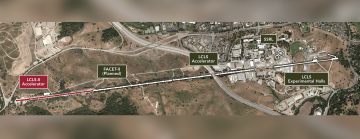LCLS-II: A World-Class Discovery Machine
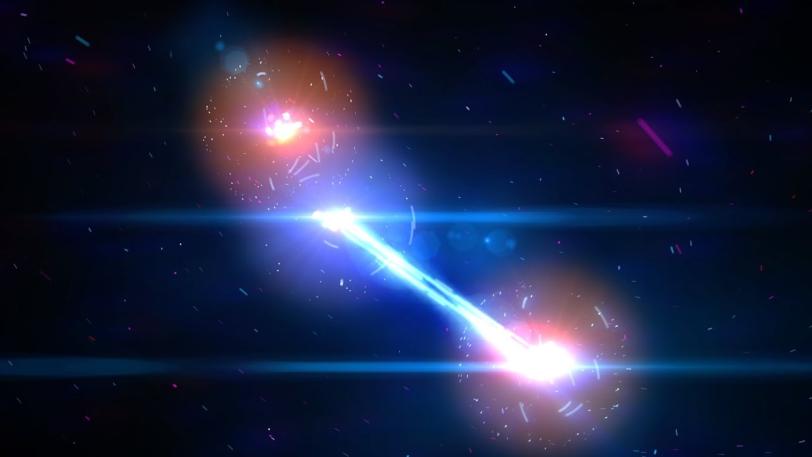
LCLS-II: The Next Leap for X-ray Science
Responding to a call to build a revolutionary new X-ray laser, SLAC has upgraded its Linac Coherent Light Source (LCLS) that is at the forefront of X-ray science.
The LCLS
Funded by the U.S. Department of Energy (DOE), the LCLS is the world’s first hard X-ray free-electron laser. Its strobe-like pulses are just a few millionths of a billionth of a second long, and a billion times brighter than previous X-ray sources. Scientists use LCLS to take crisp pictures of atomic motions, watch chemical reactions unfold, probe the properties of materials and explore fundamental processes in living things.
Its performance to date, over the first few years of operation, has already provided a breathtaking array of world-leading results, published in the most prestigious academic journals and has inspired other XFEL facilities to be commissioned around the world.
Taking the Next Step
LCLS-II has been built from the success of LCLS to ensure that the U.S. maintains a world-leading capability for advanced research in chemistry, materials, biology and energy.
LCLS-II provides a major jump in capability – moving from 120 pulses per second to 1 million pulses per second. This enables researchers to perform experiments in a wide range of fields that are now impossible. The unique capabilities of LCLS-II yields a host of discoveries to advance technology, new energy solutions and our quality of life.
Superconducting Technology
The new X-ray laser works in parallel with the existing one. Both LCLS and LCLS-II use electrons accelerated to nearly the speed of light to generate beams of extremely bright X-ray laser light. The electrons fly through a series of magnets, called an undulator, which forces them to travel a zigzag path and give off energy in the form of X-rays. But the way those electrons are accelerated are quite different and give LCLS-II much different capabilities. At present, electrons are accelerated down a copper pipe that operates at room temperature and allows the generation of 120 X-ray laser pulses per second.

LCLS-II adds a superconducting accelerator, occupying one-third of SLAC’s original 2-mile-long linear accelerator tunnel, whichgenerates an almost continuous X-ray laser beam. In addition to the new accelerator, LCLS-II requires a number of other cutting-edge components, including a new electron source, a powerful cooling plant that produces refrigerant for the accelerator, and two new undulators to generate X-rays.
Read more in the SLAC past press release, Major Upgrade Will Boost Power of World’s Brightest X-ray Laser.
Addressing Grand Challenges
The potential for truly transformational fundamental research aimed at understanding matter and energy at the electronic, atomic and molecular level was captured by the DOE's Office of Basic Energy Sciences in a set of five interrelated grand challenges for science and the imagination:
- How do we control material processes at the level of electrons?
- How do we design and perfect atom- and energy-efficient synthesis of revolutionary new forms of matter with tailored properties?
- How do remarkable properties of matter emerge from complex correlations of the atomic or electronic constituents and how can we control these properties?
- How can we master energy and information on the nanoscale to create new technologies with capabilities rivaling those of living things?
- How do we characterize and control matter away—especially very far away—from equilibrium?
The breadth of science enabled by LCLS-II is essential for advancing these original grand challenges, and addresses many critical knowledge gaps at the frontiers of matter and energy. Their ultimate goal is to provide the foundations for new energy technologies and to support DOE missions in energy, environment and national security.
The scientific community has identified six areas among the research topics where the unique capabilities of LCLS-II is essential for further scientific progress.
Read More About LCLS-II
With up to a million X-ray flashes per second, 8,000 times more than its predecessor, it transforms the ability of scientists to explore atomic-scale, ultrafast phenomena that are key to a broad range of applications, from quantum materials to clean energy technologies and medicine.
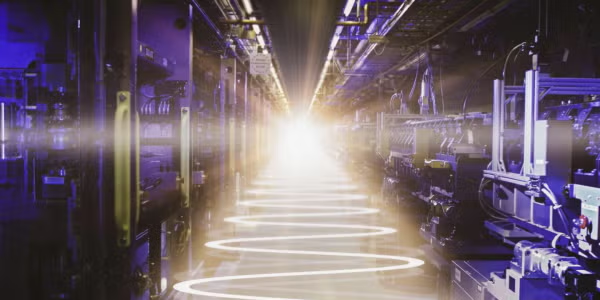
An upgrade to SLAC’s renowned Linac Coherent Light Source allows it to deliver X-ray laser beams that are 10,000 times brighter with pulses that arrive up to a million times per second.
Hundreds of scientists use LCLS each year to catch a glimpse of nature’s fundamental processes. The unique X-ray microscope uses some of the brightest, fastest X-ray pulses ever made to provide unprecedented details of the atomic world.
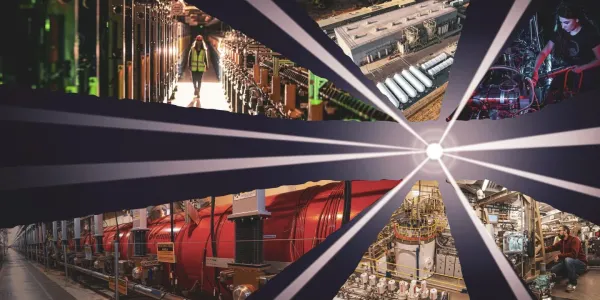
LCLS-II is a transformative tool for energy science, qualitatively changing the way that X-ray imaging, scattering and spectroscopy can be used to study how natural and artificial systems function. It produces X-ray pulses that are 10,000 times brighter, on average, than those of LCLS and that arrive up to a million times per second.
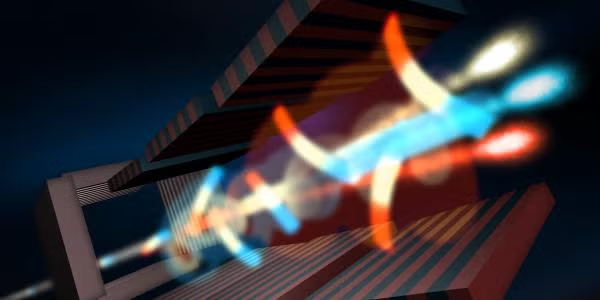
Stretching nearly two miles under a freeway in Palo Alto, CA, the Linac Coherent Light Source (LCLS) is a massive X-ray laser with the power to create slow-motion "movies" of molecules in motion. SLAC National Accelerator Laboratory uses the LCLS to take X-ray snapshots of atoms and molecules at work, providing atomic resolution detail on ultrafast timescales to reveal fundamental processes in materials, technology and living things.

